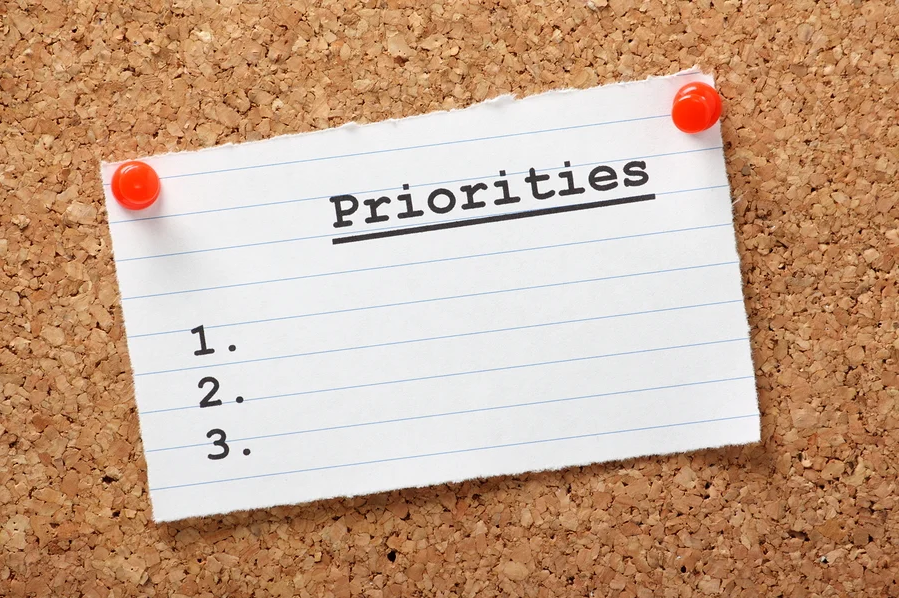Strategy. It’s a small word with a big impact on today’s business. Often misused. Sometimes abused. And, it usually leaves the Stage II — The Messy Middle — entrepreneur more overwhelmed than is needed when growing their enterprise.
And, as with the other stages of development, what got you here won’t get you there, and the strategy used to launch our organizations becomes outdated as we grow. it adds unnecessary complexity and complication to day-to-day operations.
It reminds me of the Southwest Airlines (SWA) – Continental debacle from decades ago.

The Failed Strategy for Market Competition Between Airlines
As the story goes, SWA selected “short distance, no frills, and fun” as the strategies they would eventually use to build and grow their business successfully.
Continental Airlines (no longer in existence in its original format, by the way) chose “fine and fancy” as strategies. They, too, began as a point-to-point airline, ultimately expanding operations to include transcontinental flights.
After some time, Continental decided to re-enter the point-to-point market dominated by SWA. Continental failed miserably. The strategy that brought them success in the transcontinental market was not a good fit for the short-distance market. The lesson here? Before entering into a new market, you want to ensure its fit with your current strategy to avoid unnecessary complications and failure.
The Hardest Job You’ll Do
When you spend your days putting out fires, there is little room to contemplate what your business needs to break through a business plateau. Thinking and planning is the most arduous job for any entrepreneur. It becomes even more challenging when your strategy is less than optimal for business growth and profitability.
Yet, strategy is influencing your daily decision-making — for better or worse — whether you realize it or not.
It impacts your choices, such as whether you should take on that complex client project on the fringe of your core offerings. Or, do you enter into a particular industry or space if you want to grow or scale? Is it a fit for your current strategy? Can you compete successfully in this space? These are just some of the many vital questions that influence the strategy you select to succeed.
Unfortunately, discovering the strategy that will take you to the next level is messy, unpredictable, and multi-faceted.
The Complexity of an Effective Strategy
Strategy requires more today. Creating value, identifying and monetizing opportunities, and addressing unexpressed client needs are only a few elements to consider when selecting a strategy with the highest growth and profit potential for your business.
Who else poses a threat to your existence? How do you differ in reality and the eyes of your audience? Situations like these, and others, change as you and your business grow. As a result, your business may be a more significant threat to your competitors. Knowing that, do you have a plan to disrupt your competitor? (That’s a fun idea, isn’t it?)
And there are trade-offs!
Once you find a strategy you can embrace and believe in, you’ll say “yes” to some clients, pricing, and services, which means saying “no” to others. Are you ready for that mental exercise? Saying “no” to services or clients that no longer fit with strategy can be challenging.
The Remake of Your Strategy
It was easy for SWA to develop its strategy, IMO. They were new and shiny. There was no history to overcome or bad habits to conquer. So, where does the seasoned entrepreneur begin to modify or adjust their strategy?
Taking a page from Dr. Michael Porter, a well-known researcher and author in the field of Strategy, it’s likely that an established business already has many appealing elements unique to its core.
You can identify these fundamentals from which to revive your strategy to accelerate growth and profit by asking a few questions, including
- Which of your services are the most distinctive?
- Which of your services are the most profitable?
- Which of your clients are most satisfied?
- Which clients or channels are the most profitable?
- Which activities within your value change are the most different and effective?
And, I might add, which clients are most fulfilling with whom to work? After all, there’s much more to business satisfaction that extends beyond measuring growth. Plus, as we mature in our business experience and understanding, the days of being everything to everyone are no longer satisfying or profitable. We often get to the point where striving for the operational efficiency of serving everyone contributes to significant burnout.
From Michael Porter’s exercise, you’re a short jump away from accessing what’s next to upgrade your strategy for what’s ahead.
One of my favorite resources for clarifying strategy is Verne Harnish. He and his team have done an exceptional job of scouring the field of strategy and distilling the information to make it practical for the Stage II entrepreneur to apply.
Verne and his team recommend asking yourself and your team the following questions.
- What word(s) do you want to own in the minds of your audience?
- Who and where are your core customers?
- What are you really selling them?
- What are your three brand promises? And, what methods do you use to measure whether or not you’re keeping your promises?
- What is your brand promise guarantee?
- What is your one-phase strategy that will be key to making money?
- What are your business’s 3-5 differentiating activities?
- What is the X-factor that gives you a competitive advantage?
- What is your profit per X, your most profitable service?
- What is your BHAG for the next 10 – 25 years?
The Doable Path to Upgrade Your Strategy
It’s a lot to take in. And it’s even more overwhelming to realize the impact of upgrading your strategy and are challenged with finding white space to consider such essential questions.
Searching for an adaptive strategy is an ongoing, incremental process — especially in today’s quick-to-change marketplace, which is why one of my favorite implementation tools is the micromovement. Use your “cracks of time” to answer one weekly question. You’ll discover a more robust growth strategy in four (4) months or less.
Unearthing and upgrading your strategy is often complex — particularly for a Stage II enterprise. However, it doesn’t need to be — nor do you want it to be.



















 Even when deemed vital for business success, many small business owners treat strategic thinking as an afterthought — an end-of-day activity when the hustle and bustle of the business day come to a close.
Even when deemed vital for business success, many small business owners treat strategic thinking as an afterthought — an end-of-day activity when the hustle and bustle of the business day come to a close.